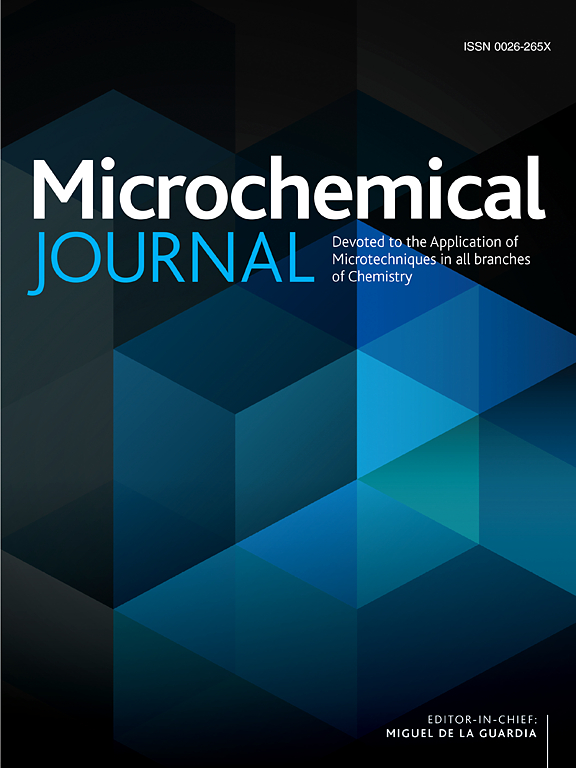微流体生物传感器中基于图像的细胞分类、检测和分割的机器学习:计算机视觉视角
IF 4.9
2区 化学
Q1 CHEMISTRY, ANALYTICAL
引用次数: 0
摘要
微流控生物传感器,当结合显微镜成像,提供细胞生长和分裂期间的连续观察,产生大量的视觉数据。机器学习(ML)的集成可以实时分析这些图像,增强对细胞行为和动态变化的监测。这为细胞生物学和疾病研究提供了重要的见解,代表了计算机视觉(CV)中的一个典型问题。本文特别关注细胞分析任务,包括细胞分类、检测和分割,在微流控生物传感器框架内。我们回顾了机器学习技术在这三个核心任务中的应用,讨论了传统方法和端到端深度学习(DL)模型。强调机器学习如何提高微流体生物传感器成像的准确性和效率,我们强调个性化医疗,疾病诊断和药物开发的增长潜力。最后,我们分析了当前的技术趋势,并提出了使用微流控生物传感器进行细胞分析的未来研究建议。本文章由计算机程序翻译,如有差异,请以英文原文为准。

Machine learning for image-based cell classification, detection, and segmentation in microfluidic biosensors: A computer vision perspective
Microfluidic biosensors, when combined with microscopy imaging, provide continuous observation of cells during growth and division, generating vast quantities of visual data. The integration of machine learning (ML) enables real-time analysis of these images, enhancing the monitoring of cell behavior and dynamic changes. This offers critical insights for cell biology and disease research, representing a typical problem in computer vision (CV). This paper specifically focuses on cell analysis tasks, including cell classification, detection, and segmentation, within the microfluidic biosensor framework. We review the application of ML techniques for these three core tasks, discussing both traditional methods and end-to-end deep learning (DL) models. Emphasizing how ML improves the accuracy and efficiency of microfluidic biosensor imaging, we highlight the growing potential for personalized medicine, disease diagnosis, and drug development. Finally, we analyze current technological trends and propose recommendations for future research in cell analysis using microfluidic biosensors.
求助全文
通过发布文献求助,成功后即可免费获取论文全文。
去求助
来源期刊

Microchemical Journal
化学-分析化学
CiteScore
8.70
自引率
8.30%
发文量
1131
审稿时长
1.9 months
期刊介绍:
The Microchemical Journal is a peer reviewed journal devoted to all aspects and phases of analytical chemistry and chemical analysis. The Microchemical Journal publishes articles which are at the forefront of modern analytical chemistry and cover innovations in the techniques to the finest possible limits. This includes fundamental aspects, instrumentation, new developments, innovative and novel methods and applications including environmental and clinical field.
Traditional classical analytical methods such as spectrophotometry and titrimetry as well as established instrumentation methods such as flame and graphite furnace atomic absorption spectrometry, gas chromatography, and modified glassy or carbon electrode electrochemical methods will be considered, provided they show significant improvements and novelty compared to the established methods.
 求助内容:
求助内容: 应助结果提醒方式:
应助结果提醒方式:


